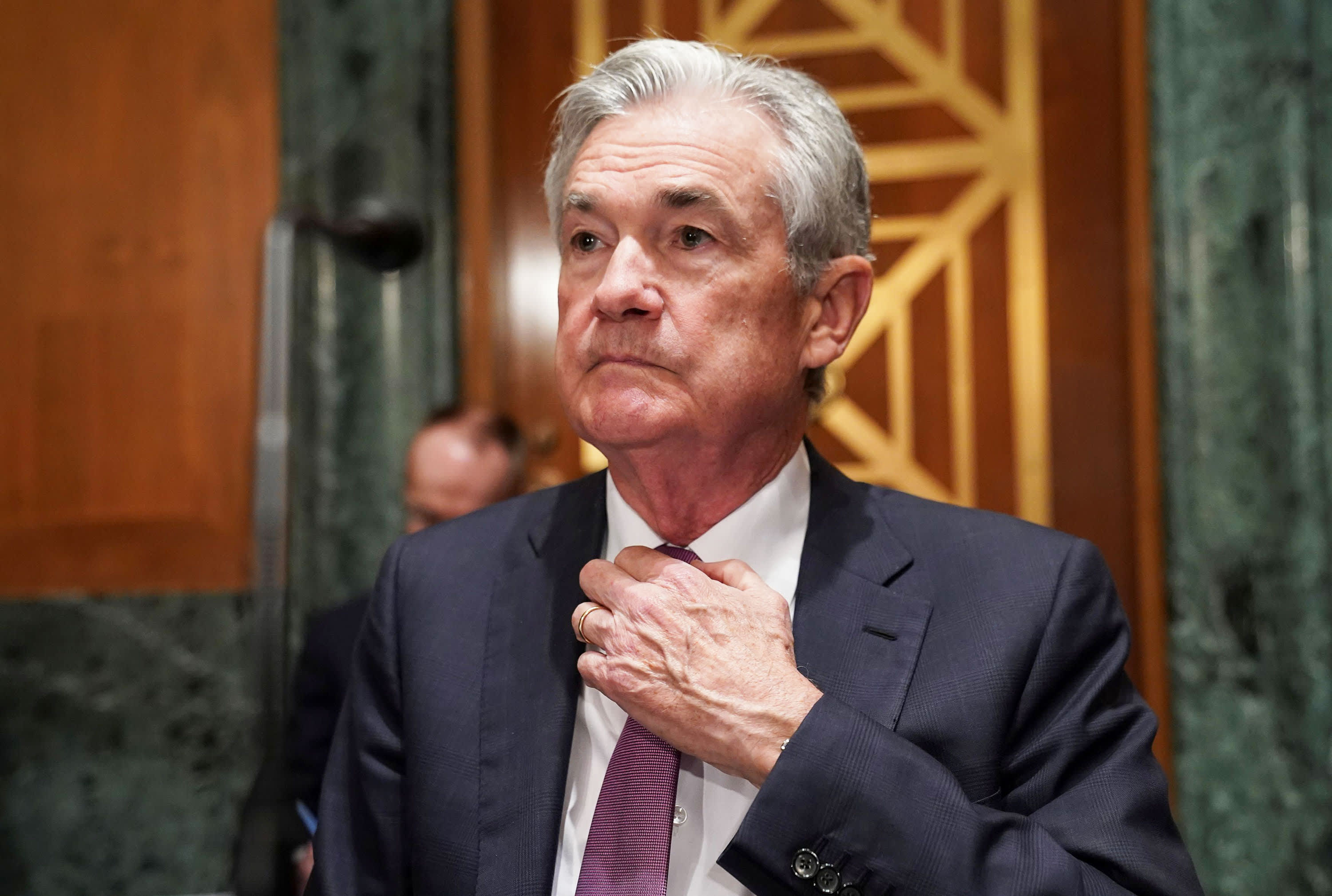Shifting policy views amid unexpected economic data have opened the door for the Federal Reserve to announce in September a decision to taper its assets purchases and begin the reduction in buying a month or so after.
Interviews with officials along with their public comments show growing support for a faster taper timeline than markets had expected a month ago. Those changing views follow the strong jobs data of the past two months along with higher inflation readings.
Fed Governor Christopher Waller and Fed bank Presidents Eric Rosengren, Robert Kaplan and Jim Bullard have publicly called for a September taper. Atlanta’s Raphael Bostic supported beginning the taper sometime between October and December, suggesting he could also favor a September announcement. The group is not known for being hawks, and in fact, some were among those making the earliest calls for historic Fed action to support the economy at the beginning of the pandemic.
The Fed could yet delay the decision to the November meeting if the August jobs data is weak, the delta variant sparks a new round of economic lockdowns or inflation readings ease off. But stronger-than-expected inflation data this past week and forecasts that it could remain high into next year have bolstered support for the earlier taper announcement.
Markets have also shifted expectations, giving the Fed leeway to act sooner. Respondents to the CNBC Fed Survey in July pegged November as the announcement month and January as the beginning of the taper. But a Reuters poll last week found September to be the new consensus.
Powell on board?
Fed Chair Jerome Powell has generally been more dovish than some members of his committee have become, though he has not spoken since the recent data came out. Powell has offered some hints that he could be persuaded to go earlier. While he has insisted that the bulk of inflation would be temporary, he also said, “We have to take seriously the risk case, which is that inflation will be more persistent.”
Inflation readings this past week showed some moderation in consumer prices, but growing inflation pressures at the wholesale level. Some Fed officials now forecast higher inflation could persist into next year.
Powell said at his July press conference that the Fed was still “some way away from” the substantial further progress needed to taper, but that was before the July jobs report showing more than 900,000 jobs added, upward revisions to May and June and forecasts for continued strong payrolls growth. He has also said the decision to taper would be left up to the committee. In addition, Powell suggested the delta variant did not pose much risk to the economy.
Until recently, Powell’s main focus has been avoiding a taper tantrum, a repeat of the sharp 2013 bond market sell-off sparked by Fed Chair Ben Bernanke talking of an eventual reduction in asset purchases. But Powell appears to have achieved that goal. Fed officials have been openly talking about tapering for several months now, and stocks have risen and bond yields, though volatile, have remained generally low.
Expectations for rate hikes beginning either late in 2022 or early 2023 have remained almost unchanged amid all the taper talk. That suggests to Fed officials that they have achieved their goal of divorcing in the market’s mind a decision to taper from a decision to raise rates.
A September taper could also meet Powell’s criteria of giving markets advanced notice. The Fed has acknowledged discussing the taper at its June and July meeting. A September announcement with the taper beginning in October or November would amount to four or five months of notice
A September decision could face opposition from several more dovish members of the committee. Chicago Fed President Charles Evans said last week he wanted to see “a few more months” of employment data before deciding. Fed Governor Lael Brainard indicated she wanted to see data from school openings and economic data from September.
Such differences are typical for the Fed around turning points in policy, and it remains up to the chair to forge consensus or move forward with dissent. It appears Powell could face dissent in September with either decision. Powell could find support among doves with a slower taper, for example, one taking 10 months instead of eight. Or he could placate hawks with a faster taper and a delayed announcement.
And markets may yet have more to say. Because the Fed has said it would taper before hiking rates, a taper decision will immediately open the floodgates to discuss the first rate hike, potentially pulling forward rate-hike expectations and tightening financial conditions faster than the Fed prefers.
